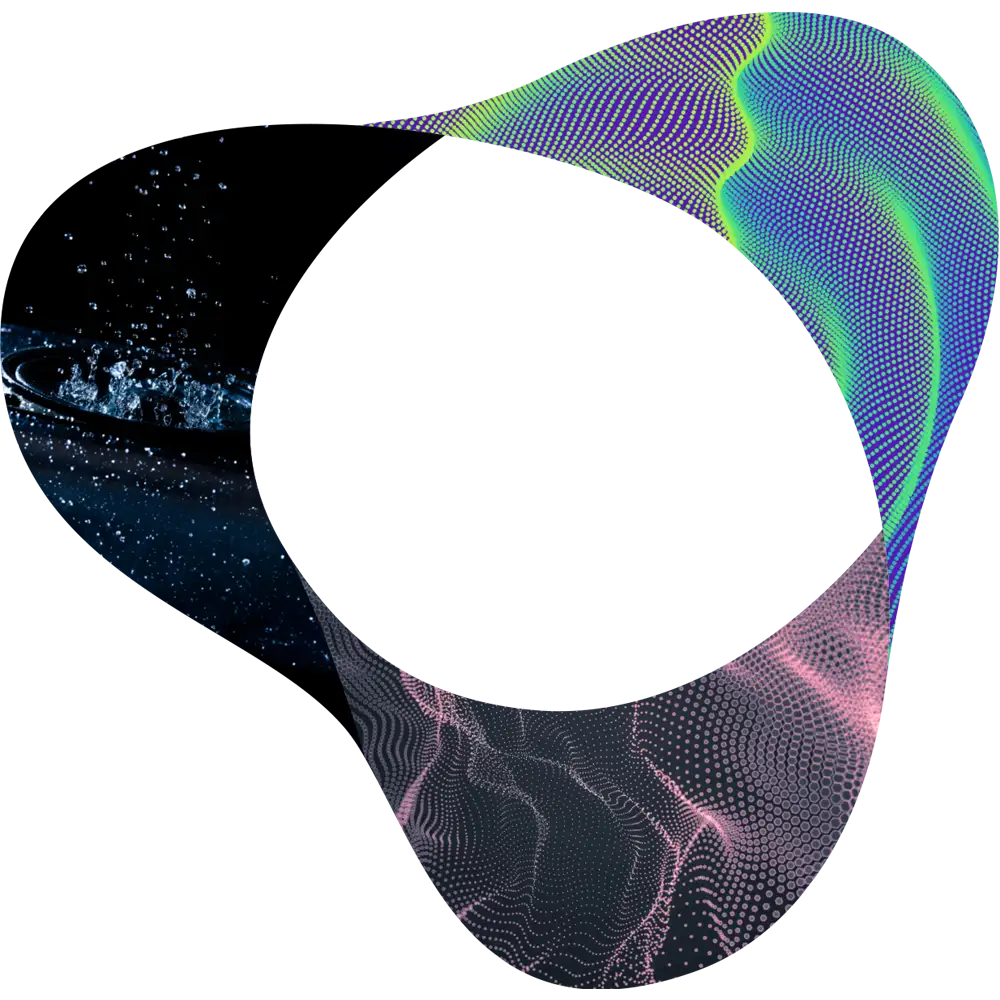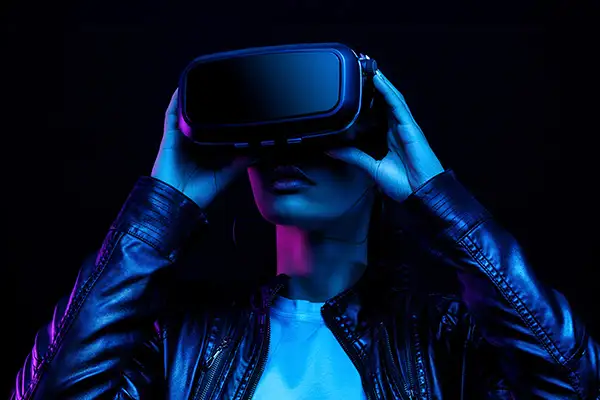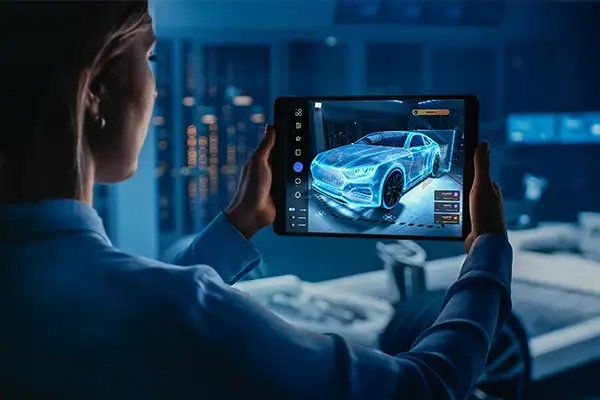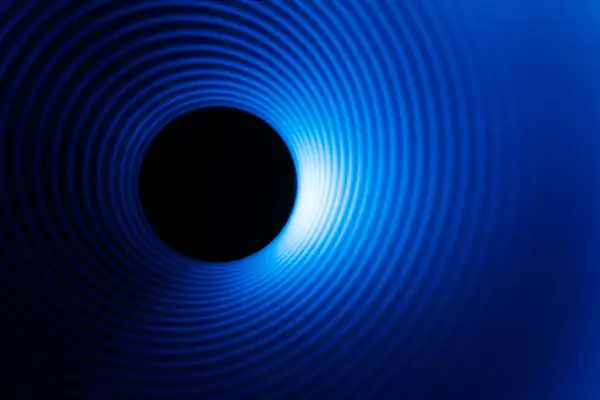Content
Spatial audio is revolutionizing the way we perceive and interact with sound by recreating audio environments that mirror real-world auditory experiences. Unlike traditional stereo sound, which limits audio to left and right channels, spatial audio allows sound to come from any direction—above, below, behind, and around the listener—creating an immersive and three-dimensional sound field. This technology is essential for enhancing experiences in virtual reality (VR), augmented reality (AR), 360-degree video, and a wide range of immersive media applications.
Spatial audio, also known as 3D audio or immersive audio, aims to replicate the way we experience sound in the real world. When we hear sounds in our daily lives, we can instinctively tell where they are coming from, whether it’s a car approaching from behind or a bird singing in a tree above us. Spatial audio replicates this experience by placing sounds in specific positions in a 360-degree space, surrounding the listener from all directions.
The result is a realistic sound environment that enhances the listener’s sense of presence. In virtual reality or 360-degree video, spatial audio adds another layer of immersion, as users can hear sounds from different directions depending on where they turn their heads. This auditory realism is critical for creating a convincing and engaging experience, whether it’s for entertainment, gaming, training simulations, or live event broadcasting.
Spatial audio has numerous applications across different industries, enhancing both entertainment and practical experiences. Some of the primary uses include:
Spatial audio plays a critical role in VR and AR applications by providing auditory cues that enhance immersion. In VR games, for instance, players can hear sounds approaching from behind or distant footsteps, adding to the tension and realism. In AR, spatial audio helps integrate digital sounds into the physical world, such as auditory directions for navigating a city or sound alerts during a maintenance task.
Spatial audio is a vital component of 360-degree video, providing an immersive sound experience that matches the freedom to look in any direction. Whether it’s a live-streamed concert or a documentary tour of a landmark, spatial audio ensures that the sound aligns with the viewer’s changing perspective.
Spatial audio is particularly effective in simulation and training environments, where it can replicate real-world soundscapes. For example, in military or aviation training, spatial audio helps simulate complex sound environments, such as engine noises, alarms, or voices, providing trainees with more realistic and dynamic scenarios to prepare them for real-life situations.
Spatial audio is also finding use in healthcare applications, particularly in auditory rehabilitation and surgical training. For instance, spatial audio can be used to simulate the sound environment of an operating room, helping medical professionals practice surgical techniques in a more realistic setting.
Fraunhofer HHI’s spatial audio research is helping to enhance the experience of live event broadcasting. By using spatial audio to capture and reproduce the sound from all directions, live broadcasts—such as concerts, sports events, and theatre performances—can be made more immersive, giving audiences the sensation of being in the venue.
At Fraunhofer HHI, one of our most advanced projects in spatial audio research is our TiME Lab. TiME Lab stands for Tomorrow’s Immersive Media Experience Laboratory and is a state-of-the-art immersive media environment designed to simulate natural soundscapes and provide audiences with a truly enveloping audio experience. It integrates spatial audio with ultra-high-definition visuals to create a fully immersive environment for both research and entertainment applications.
TiME Lab is a cutting-edge facility that combines spatial audio technology with ultra-high-definition panoramic video. It is a unique setup that features a 180-degree projection screen and a high-performance spatial audio system, capable of rendering sound from multiple directions with pinpoint accuracy. This immersive setup allows researchers to explore new ways of delivering audio-visual content in a realistic and engaging manner.
One of the key components of TiME Lab is its Wave Field Synthesis (WFS) system, a spatial audio technique that generates sound fields over a large area, allowing every listener in the room to experience the audio from the same perspective, regardless of their position. Unlike conventional stereo or surround sound systems, which rely on sweet spots where the sound is optimized, WFS creates a consistent audio experience for everyone, regardless of where they are seated.
This spatial audio technology makes TiME Lab ideal for a variety of applications, including:
TiME Lab enables filmmakers to create immersive environments where the audio and visuals work in perfect harmony. For example, in a scene where a car drives past the viewer, the sound can move seamlessly from left to right, following the car’s motion on the screen.
TiME Lab has been used to recreate the experience of being in a concert hall, with spatial audio that replicates the acoustics of a live performance. Listeners can hear the positioning of instruments in the orchestra and the reverberation of the hall, making them feel as if they are physically present in the venue.
TiME Lab proves its real-world importance in industrial projects by working with various rail infrastructure operators and making the results of complex noise protection measures authentically tangible. Also, the laboratory serves as a forum for diverse research projects, for example in the field of audiovisual recording, playback and simulation technologies.
Despite its transformative potential, there are significant challenges involved in creating convincing and effective spatial audio systems. One of the most pressing issues is ensuring precise synchronization between sound and visuals in dynamic environments like VR or 360-degree video. If the sound doesn’t match what the user is seeing—such as hearing footsteps from behind when there’s nothing there—it can break the sense of immersion.
Fraunhofer HHI is addressing these challenges through extensive research into real-time audio processing and advanced techniques like Wave Field Synthesis. By developing algorithms that ensure accurate alignment of sound with movement and visuals, Fraunhofer HHI is helping to enhance the overall immersive experience. Another focus of Fraunhofer HHI’s research is making spatial audio technology more accessible to content creators, helping them to implement 3D sound in their projects without needing advanced technical expertise.
As spatial audio technology continues to evolve, Fraunhofer HHI is committed to exploring its potential in new and innovative ways. By combining advanced spatial audio with high-definition visuals in TiME Lab, we are unlocking the future of immersive media experiences. From immersive cinema to live event simulations, noise protection projects, and interactive 360-degree content, spatial audio is shaping the way we experience digital environments in the future.


Our VR technologies offer fully immersive experiences with volumetric video, advanced motion tracking, and interactive environments.

Our AR and MR innovations blend digital and real worlds, creating powerful tools for industrial applications, education, and training.

Our advanced 360-degree video technologies deliver immersive, high-resolution panoramic views, transforming virtual experiences and live event broadcasting.

Our cutting-edge spatial audio solutions create precise, three-dimensional soundscapes, redefining realism in immersive media environments.